Tenant Surrender Obligations in Commercial Leases
Tenant surrender obligations are an important aspect of commercial leasing, defining the conditions under which a tenant must return the leased premises to the landlord at the end of the lease term. These obligations impact the landlord’s ability to re-let the space and can significantly affect the tenant’s exit strategy and associated costs. Properly addressing surrender obligations in a lease agreement helps prevent disputes and ensures a smooth transition of the premises.
What Are Tenant Surrender Obligations?
Tenant surrender obligations refer to the duties and conditions a tenant must fulfill when vacating the leased premises at the end of the lease term. These typically include requirements to remove personal property, return the space in a specified condition, and address any alterations or improvements made during the tenancy. The purpose of these obligations is to ensure that the premises are returned to the landlord in a condition suitable for immediate re-lease, without causing undue delay or expense.
Key Considerations in Negotiating Tenant Surrender Obligations
Negotiating tenant surrender obligations involves careful consideration of several factors to ensure clarity and fairness for both the landlord and the tenant. Here are key considerations:
1. Condition of the Premises
A fundamental aspect of surrender obligations is the condition in which the tenant must leave the premises. Most commercial leases require the tenant to return the space in “broom clean” condition, meaning that the premises should be free of debris and in a generally clean state.
Considerations:
– Broom Clean Condition: This standard typically includes sweeping floors, removing all trash and personal items, and ensuring that the premises are clean. However, the lease should clearly define the expectations to avoid ambiguity.
– Repair and Maintenance: The tenant may also be required to repair any damage caused during the lease term, excluding normal wear and tear. This includes fixing holes in walls, repairing broken fixtures, and addressing any other physical damage. In addition to repairing any damage caused by the tenant during the lease term, the tenant will also generally be responsible for any damage caused by the tenant in vacating the premises and removing any alterations or equipment that is required to be removed by the tenant. It can be helpful to arrange for a walk through of the space with representatives of both the landlord and tenant prior to the tenant’s final surrender of the space so that the parties can reach agreement that the premises are in the condition required by the lease and all of the work that is required to be performed by the tenant has been completed.
2. Removal of Alterations and Improvements
One of the most significant areas of negotiation in surrender obligations is whether the tenant must remove alterations and improvements made to the premises during the lease term. This requirement can be particularly contentious, as it involves additional costs and labor for the tenant and can impact the landlord’s plans for the space.
Considerations:
– Landlord’s Right to Require Removal: Leases often give landlords the right to require the tenant to remove alterations and restore the premises to their original condition. This clause is crucial when the alterations are highly specialized or not easily adaptable for future tenants. In many instances the parties will negotiate a right for the tenant to request the landlord advise the tenant at the time the landlord approves a particular alteration as to whether or not the alteration will be required to be removed at the expiration of the lease term. This helps the tenant understand the full cost of performing the alteration and plan ahead for lease expiration. If this approach is agreed upon by the parties, it is important that the parties document in writing the removal requirements associated with any alterations as it is possible that the building will be sold to a new landlord or the tenant’s rights under the lease assigned to a new tenant prior to lease expiration and it will be helpful for the parties to the lease at its expiration to be clear as to any particular removal requirements that were previously agreed upon.
– Landlord’s Right to Retain Improvements: Rather than require a tenant to remove alterations installed during the lease term, a landlord may prefer to retain certain improvements, if they enhance the value or utility of the space. In such cases, the lease should specify that the tenant will leave the improvements in place, and any removal would be at the landlord’s request.
– Ambiguities and Disputes: It is essential to clearly outline in the lease which alterations must be removed and which can remain. Ambiguities can lead to disputes if the tenant removes fixtures the landlord expected to stay or leaves behind modifications the landlord wanted removed. Specific language in the lease can prevent such misunderstandings.
3. Dealing with a Tenant’s Failure to Meet its Surrender Obligations
The costs associated with fulfilling surrender obligations can be significant, particularly if extensive removal and restoration work is required. Generally, the tenant is responsible for all costs associated with meeting the surrender obligations, including removal of alterations, repair of damage, and cleaning. If the tenant fails to fulfill the surrender obligations, the landlord often reserves the right to perform the work at the tenant’s expense. This right should be clearly stated in the lease, along with any applicable deadlines and procedures. In some cases, any time the landlord spends completing the tenant’s surrender obligations may be treated as a period of holding over, subjecting the tenant to holdover rent and other penalties. This provision incentivizes timely compliance with surrender requirements.
4. Additional Specific Obligations
In certain instances, a lease may impose additional specific obligations on the tenant as part of the surrender process. These obligations often relate to environmental concerns or the condition of building systems.
Considerations:
– Environmental Testing: If there are concerns about hazardous materials, the lease may require the tenant to conduct environmental testing to confirm that no contamination occurred during the tenancy. This provision is common in leases for industrial properties or spaces where chemicals are used or stored.
– Inspection of Building Systems: The lease may also require inspections of key building systems, such as HVAC units, to ensure they are in good working order at the time of surrender. This provision can help protect the landlord’s investment in building infrastructure and ensure a smooth transition for future tenants.
Conclusion
Tenant surrender obligations are a critical component of commercial lease agreements, ensuring that the premises are returned to the landlord in a condition suitable for future use. By clearly outlining these obligations in the lease, both parties can avoid disputes and misunderstandings at the end of the lease term. Key considerations include the condition of the premises, the removal of alterations, the allocation of costs, and any specific additional requirements. Properly addressing these issues in the lease agreement is essential for a smooth and equitable transition of the leased space.



